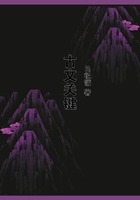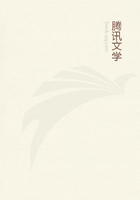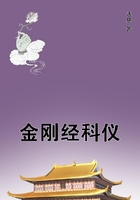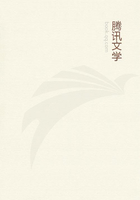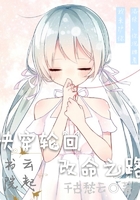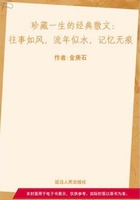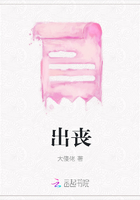THE most striking intellectual phenomenon of the thirteenth century is the rise of the universities. The story of their foundation is fully stated in Rashdall's great work (Universities of Europe in the Middle Ages, Oxford, 1895). Monastic and collegiate schools, seats of learning like Salernum, student guilds as at Bologna, had tried to meet the educational needs of the age. The word "university" literally means an association, and was not at first restricted to learned bodies. The origin appears to have been in certain guilds of students formed for mutual protection associated at some place specially favorable for study--the attraction generally being a famous teacher. The University of Bologna grew up about guilds formed by students of law, and at Paris, early in the twelfth century, there were communities of teachers, chiefly in philosophy and theology. In this way arose two different types of mediaeval university. The universities of Northern Italy were largely controlled by students, who were grouped in different "nations." They arranged the lectures and had control of the appointment of teachers. On the other hand, in the universities founded on the Paris model the masters had control of the studies, though the students, also in nations, managed their own affairs.
Two universities have a special interest at this period in connection with the development of medical studies, Bologna and Montpellier. At the former the study of anatomy was revived. In the knowledge of the structure of the human body no advance had been made for more than a thousand years--since Galen's day. In the process of translation from Greek to Syriac, from Syriac to Arabic, from Arabic to Hebrew, and from Hebrew or Arabic to Latin, both the form and thought of the old Greek writers were not infrequently confused and often even perverted, and Galen's anatomy had suffered severely in the transmission. Our earliest knowledge of the teaching of medicine at Bologna is connected with a contemporary of Dante, Taddeo Alderotti, who combined Arabian erudition with the Greek spirit. He occupied a position of extraordinary prominence, was regarded as the first citizen of Bologna and a public benefactor exempt from the payment of taxes.
That he should have acquired wealth is not surprising if his usual fees were at the rate at which he charged Pope Honorius IV, i.e., two hundred florins a day, besides a "gratification" of six thousand florins.
The man who most powerfully influenced the study of medicine in Bologna was Mundinus, the first modern student of anatomy. We have seen that at the school of Salernum it was decreed that the human body should be dissected at least once every five years, but it was with the greatest difficulty that permission was obtained for this purpose. It seems probable that under the strong influence of Taddeo there was an occasional dissection at Bologna, but it was not until Mundinus (professor from 1306 to 1326) took the chair that the study of anatomy became popular.
The bodies were usually those of condemned criminals, but in the year 1319 there is a record of a legal procedure against four medical students for body-snatching--the first record, as far as I know, of this gruesome practice. In 1316, Mundinus issued his work on anatomy, which served as a text-book for more than two hundred years. He quotes from Galen the amusing reasons why a man should write a book: "Firstly, to satisfy his own friends; secondly, to exercise his best mental powers; and thirdly, to be saved from the oblivion incident to old age." Scores of manuscripts of his work must have existed, but they are now excessively rare in Italy. The book was first printed at Pavia in 1478, in a small folio without figures. It was very often reprinted in the fifteenth and sixteenth centuries. The quaint illustration shows us the mediaeval method of teaching anatomy: the lecturer sitting on a chair reading from Galen, while a barber surgeon, or an "Ostensor," opens the cavities of the body.
I have already referred to the study of medicine by women at Salernum. Their names are also early met with in the school of Bologna. Mundinus is said to have had a valuable assistant, a young girl, Alessandra Giliani, an enthusiastic dissector, who was the first to practice the injection of the blood vessels with colored liquids. She died, consumed by her labors, at the early age of nineteen, and her monument is still to be seen.
Bologna honored its distinguished professors with magnificent tombs, sixteen or seventeen of which, in a wonderful state of preservation, may still be seen in the Civic Museum. That of Mundinus also exists--a sepulchral bas-relief on the wall of the Church of San Vitale at Bologna.[19]
[19] For these figures and for points relating to the old school at Bologna see F. G. Cavezza: Le Scuole dell' antico Studio Bolognese, Milano, 1896.
The other early mediaeval university of special interest in medicine is that of Montpellier. With it are connected three teachers who have left great names in our story--Arnold of Villanova, Henri de Mondeville and Guy de Chauliac. The city was very favorably situated not far from the Spanish border, and the receding tide of the Arab invasion in the eighth century had left a strong Arabic influence in that province. The date of the origin of the university is uncertain, but there were teachers of medicine there in the twelfth century, though it was not until 1289 that it was formally founded by a papal bull.

